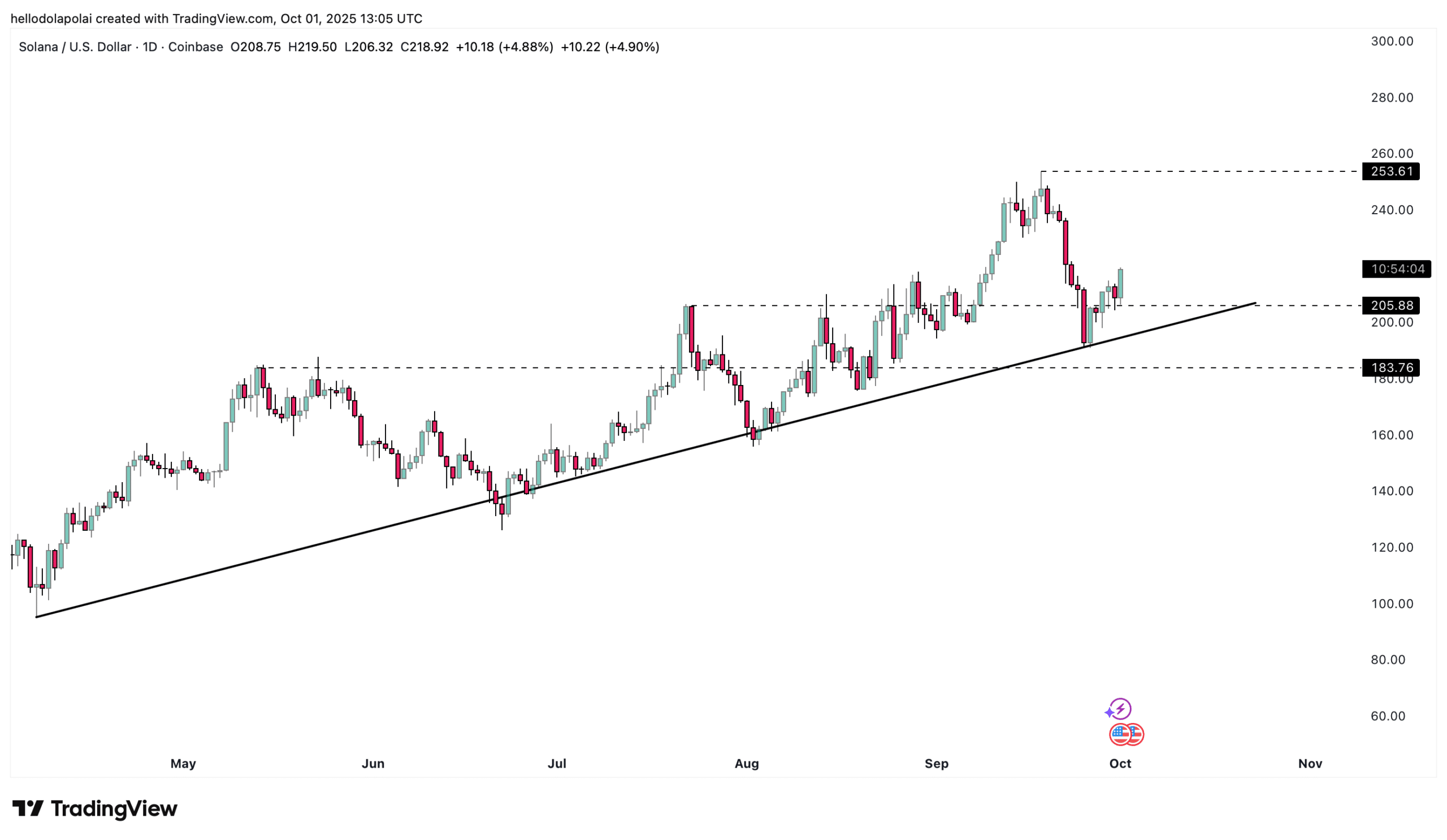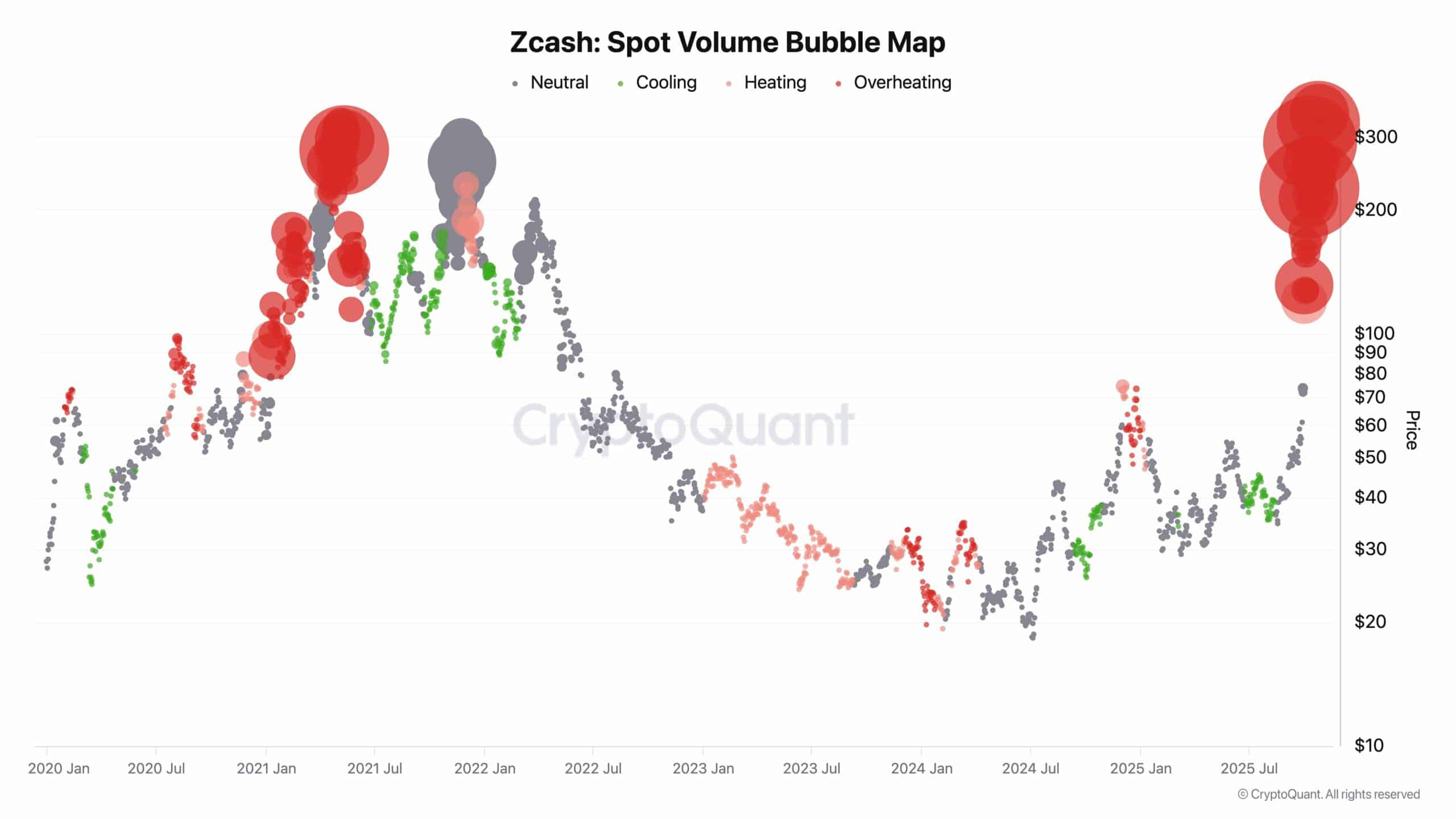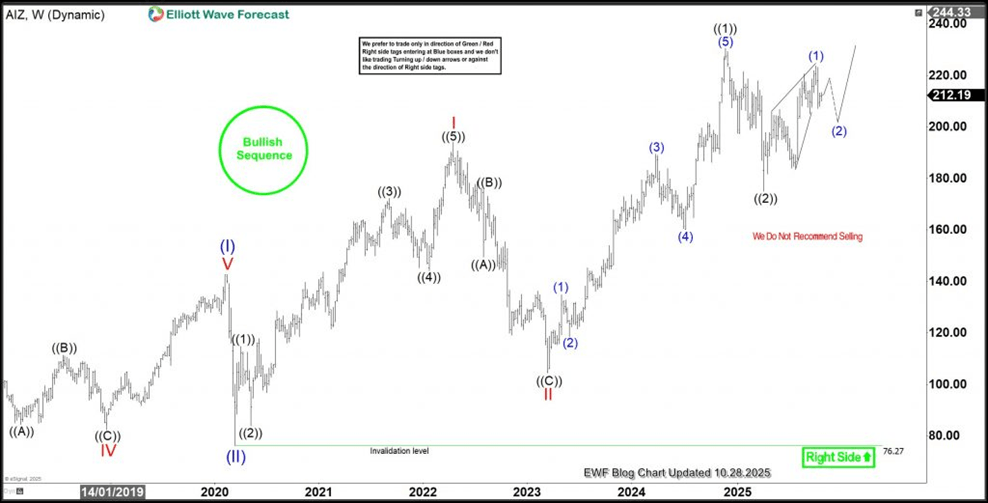Visa’s Bold Move: Launching a Stablecoin to Revolutionize a $15.7 Trillion Payment Empire—What You Need to Know Now
Imagine a world where sending money across borders is as seamless as swiping your Visa card at your local coffee shop—without those nagging transaction fees gnawing away at your profits. Well, hold onto your hats, because Visa’s newest stablecoin initiative under the Visa Direct banner is chomping at the bit to turn this vision into reality. It’s not just about slashing costs; it’s about turbocharging cross-border efficiency and injecting fresh liquidity into the veins of businesses worldwide. Meanwhile, in the fast lane of blockchain innovation, Solana is swiftly becoming the go-to playground for stablecoins—thanks to its lightning-fast speeds and wallet-friendly fees, exemplified by the soaring success of USD1. Could Visa’s dive into stablecoins, possibly riding the Solana wave, reshape the very fabric of global payments? Let’s dive deeper and untangle what this might mean for businesses and investors alike. LEARN MORE
Key Takeaways
How is Visa’s stablecoin initiative expected to impact global payments?
It aims to reduce transaction fees, improve cross-border efficiency, and boost liquidity for businesses.
Why is Solana gaining traction in the stablecoin space?
Its fast, low-cost infrastructure has made it the preferred blockchain for new stablecoin launches like USD1.
Visa, the global payments network, has unveiled plans to launch a stablecoin under its Visa Direct initiative.
The announcement, made at SIBOS 2025, is expected to lower transaction fees, improve cross-border payments, and unlock additional liquidity in the market.
Visa said businesses will be able to fund cards directly with stablecoins. The company is working with select partners, including banks, to prepare for the 2025 launch.
Chris Newkirk, President of Commercial & Money Movement Solutions at Visa, explained that the timing is crucial as inefficiencies still plague cross-border payments. He noted:
“Visa Direct’s new stablecoin integration lays the groundwork for money to move instantly across the world, giving businesses more choice in how they pay.”
In 2024, Visa processed $15.7 trillion in payment volumes. A move to support stablecoins could significantly accelerate adoption across both institutional and retail markets.
Stablecoin market gains momentum
The stablecoin market continues to grow, with an estimated capitalization of $298.86 billion and daily trading volume above $180 billion, according to CoinMarketCap.
Visa’s entry comes as regulatory clarity strengthens. A landmark moment arrived in 2025, when President Donald Trump signed the GENIUS Act into law, establishing a legal framework for stablecoin use in the United States.
Since then, traditional financial institutions have shown greater interest. Trump-backed World Liberty Finance launched its own stablecoin, USD1, on Solana [SOL] earlier this year.
USD1 quickly became the fifth-largest stablecoin, with an estimated $2.68 billion market cap — highlighting how quickly adoption can scale under favorable conditions.
This momentum has also reinforced Solana position as the blockchain of choice for new stablecoin launches. The network’s ecosystem is now valued at $14.13 billion, and Visa could follow this trend by listing its stablecoin on Solana as well.
Solana market outlook
Solana’s price outlook remains bullish, with potential to reclaim the $253 level.
The rally was sparked by a bounce off the ascending support line on Friday—a technical level that has triggered three previous rallies.
Over the past 24 hours, SOL gained 7.22%, at press time, rebounding from support at $205.88.
With volume and trading activity climbing, analysts expect the bullish momentum to extend through the week.





















Post Comment